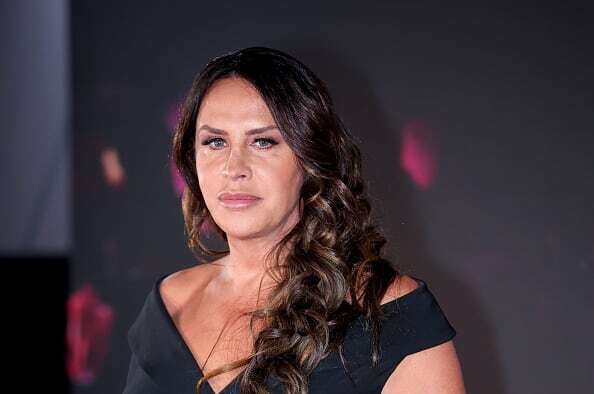
Love and hatred are two sides of the same coin, closely linked to expectations in a relationship. According to popular wisdom, there is only one step from hatred to love. Human experience constantly demonstrates this duality between feelings.
Sometimes, the transition from hatred to love, and vice versa, is possible. When a relationship reaches failure, the ludic-comic aspect of the fall of the loving ideal can be observed. This perspective suggests that the couple frees themselves from the rigid expectations they had built and can start a more authentic and creative love, where both participants commit to a unique and responsible relationship.
In many cases, love is based on what is expected from the other, on the assumptions attributed to them. This dynamic develops in a context of false expectations, where each one projects a pre-established script onto their partner to fulfill. Frustration arises when those expectations are not materialized, leading to feelings of hatred and, ultimately, to the breakdown of the relationship.
When a loving ideal fails, the possibility of building something different opens up. This process allows the couple to free themselves from the cyclical dynamic of love and hatred generated by the idealization of the relationship. By separating from these rigid expectations, the couple has the opportunity to explore a new type of love, more sincere and genuine.
In summary, the failure of a loving ideal can be the starting point for a more authentic relationship free from unrealistic expectations. It allows each partner to be creative and responsible in the construction of a unique and true love, away from the destructive dynamic of the constant search for unattainable ideals.













